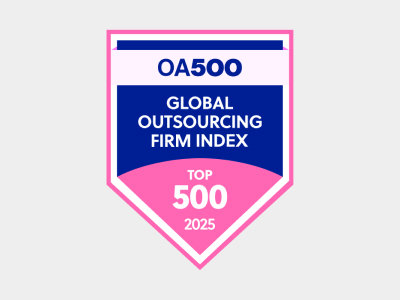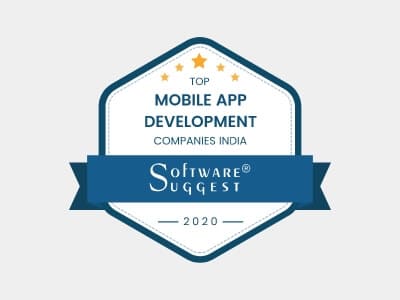Mobile applications have moved far beyond convenience — today, they are the foundation of how people shop, work, communicate, and experience the digital world. From banking and healthcare to entertainment and social platforms, apps power nearly every aspect of modern life. With global smartphone usage surpassing 6.5 billion users and app revenues crossing the $500 billion mark, mobile app development in 2025 is all about speed, intelligence, personalization, and security.
The powerful combination of Smartphone and Mobile Apps has created a new digital world, one that shows no signs of slowing down. In fact, Outsourcing Mobile App Development is more popular than ever and will certainly continue to revolutionize the way we live our daily lives and interact with information.
Top Mobile Application Development Trends in 2025
- AI-Powered Apps
- Cross-Platform + Low-Code Development
- AR, VR & Immersive Experiences
- 5G & Edge Computing Integration
- Enhanced Security & Privacy-First Design
- Wearables & IoT Integration
- Subscription & Micro-Monetization Models
1. AI-Powered Apps
AI and machine learning are now embedded into mobile apps, driving features like predictive personalization, intelligent chatbots, automated workflows, and smart recommendations. Developers are integrating on-device ML for faster, privacy-focused experiences without relying solely on cloud.
2. Cross-Platform + Low-Code Development
Frameworks like Flutter, React Native, and Kotlin Multiplatform, combined with low-code/no-code platforms, allow businesses to launch apps faster with reduced cost. This makes app development accessible to non-technical teams while still delivering native-like performance.
3. AR, VR & Immersive Experiences
With the rise of the metaverse, AR filters, and VR collaboration tools, apps are increasingly immersive. Retail, gaming, healthcare, and education are leading the adoption, creating interactive experiences that bridge physical and digital worlds.
4. 5G & Edge Computing Integration
5G enables faster speeds and ultra-low latency, opening doors for real-time apps like AR navigation, multiplayer mobile gaming, and IoT control. Combined with edge computing, mobile apps can now process data closer to the user, improving responsiveness.
5. Enhanced Security & Privacy-First Design
Data breaches and stricter regulations (GDPR, CCPA, etc.) have made privacy a top concern. Biometric authentication, end-to-end encryption, zero-trust models, and on-device security are now standard requirements for modern apps.
6. Wearables & IoT Integration
Wearable devices are no longer a niche. From smartwatches to fitness trackers and medical sensors, apps now integrate with IoT ecosystems to provide real-time health monitoring, productivity insights, and connected living.
7. Subscription & Micro-Monetization Models
The era of free apps funded only by ads is gone. In 2025, successful monetization blends subscription services, micro-transactions, and value-driven in-app purchases, providing sustainable revenue streams for developers.
Mobile app development in 2025 is defined by AI innovation, cross-platform efficiency, immersive experiences, and security-first design. Businesses that adapt to these shifts will not only stay competitive but also unlock new opportunities to engage users in more meaningful ways. At WeblineIndia, we continue to help enterprises and startups build next-generation mobile apps that are future-ready and aligned with global trends.
If you want to transform your business idea into reality, Contact Us NOW!!!
Testimonials: Hear It Straight From Our Global Clients
Our development processes delivers dynamic solutions to tackle business challenges, optimize costs, and drive digital transformation. Expert-backed solutions enhance client retention and online presence, with proven success stories highlighting real-world problem-solving through innovative applications. Our esteemed Worldwide clients just experienced it.
Awards and Recognitions
While delighted clients are our greatest motivation, industry recognition holds significant value. WeblineIndia has consistently led in technology, with awards and accolades reaffirming our excellence.

OA500 Global Outsourcing Firms 2025, by Outsource Accelerator

Top Software Development Company, by GoodFirms

BEST FINTECH PRODUCT SOLUTION COMPANY - 2022, by GESIA

Awarded as - TOP APP DEVELOPMENT COMPANY IN INDIA of the YEAR 2020, by SoftwareSuggest